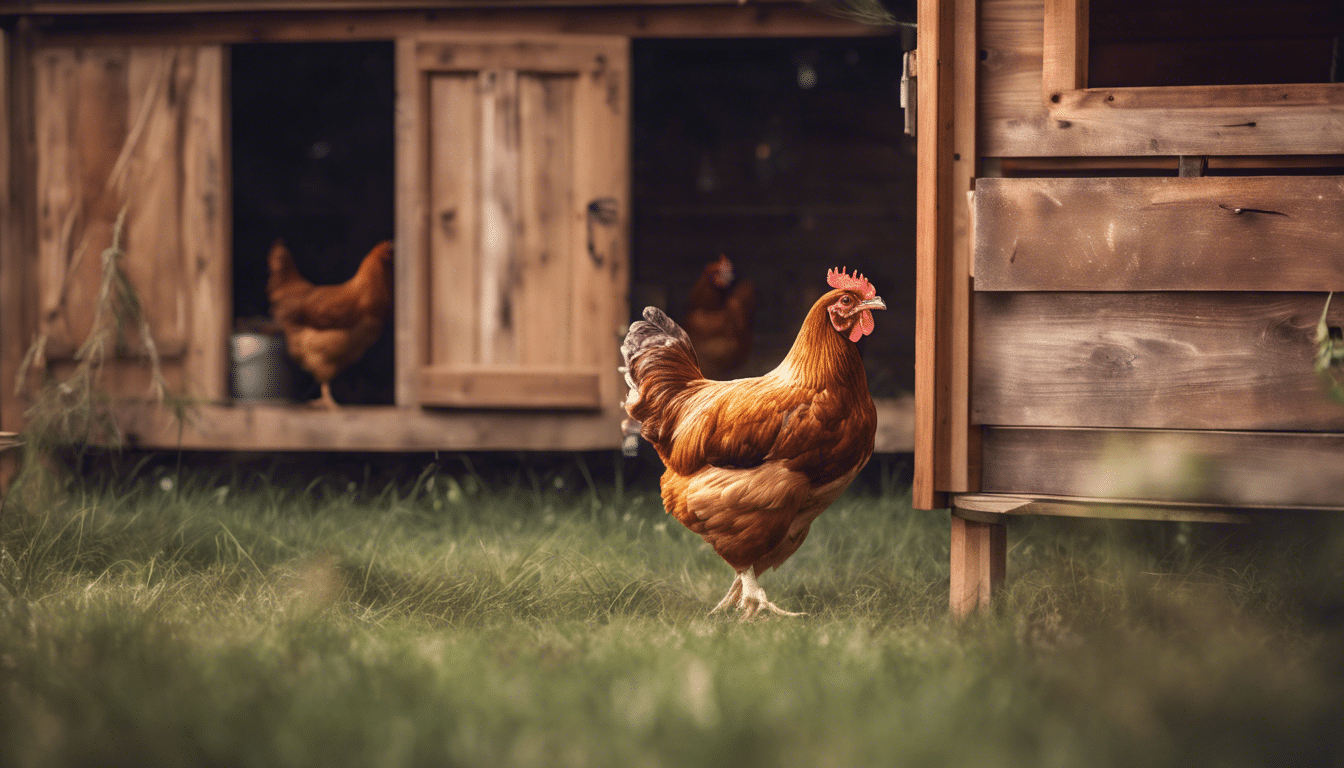Many backyard chicken families here think that feeding and regular care are enough for a healthy chicken, but like all of us chickens are a product of their environment.The overall health, productivity, and happiness of the chicken are determined by the shelter and amenities you provide. A healthier chicken can reward you with an increase in egg production. To achieve this state, building a well-thought-out coop is essential, as it ensures safety and comfortability. This article will let you learn about why coop design plays an important role and highlight the key factors that contribute to a healthy chicken environment.
Table of Contents
1. Space: Preventing Stress and Aggression
A perfectly built coop must ensure enough space, which is a key factor in preventing aggression among flocks. Adequate space allows them to roam freely and keeps them active. Overcrowding causes stress and sometimes aggressive behavior, which leads to health issues. Each chicken must need a space between 2 to 3 square feet inside the coop and 8 to 10 square feet in outdoor space, which is ideally enough space for chickens to move around freely.
Different poultry chicken breeds have different space requirements. For instance, larger breeds may need more room to stay comfortable, while smaller breeds might do well in a more compact environment. Having a valid space can also prevent the spreading of disease and encourage natural behaviors like dust bathing and foraging, which are vital to both the physical and mental health of the chickens.
2. Ventilation: Ensuring Fresh Air Circulation
Proper ventilation is critical to maintaining a healthy environment inside the coop. Chickens can easily get affected by harmful bacteria, mold, and the accumulation of ammonia, but with valid airflow, it can be prevented. Air quality also ensures healthy respiration. So, the coop must provide various ventilation options such as doors, window vents, and even exhaust fans if it is located in a humid atmosphere. Some poultry chicken breeds are very sensitive to heat and poor air quality, so ensuring good ventilation will result in many ways, like keeping your chickens healthy and happy.
3. Nesting Boxes: Providing Comfort for Egg Laying
Nesting boxes are another crucial factor when designing a coop because they offer a designated space to lay eggs. Egg laying space must be placed in a quiet and dark area of the coop, away from the busy sections where chickens socialize and roost. The nesting boxes should be filled with soft bedding, like straw or pine shavings, to make them inviting and comfortable for the hens. The size of the nesting boxes should vary depending on the size of your flock, so ensure the box has enough space for 3 to 4 chickens. Providing a proper nesting space is not only a comfy space for chickens, but it allows the keeper to collect the egg in one place rather than collecting it randomly.
4. Predator Protection: Keeping Your Flock Safe
Predators such as raccoons, foxes, and hawks can be significant threats to chickens. So, safeguarding your flocks with a tailored coop is essential. Ensuring that your coop is predator-proof is vital for the survival and well-being of your chickens. Use sturdy materials like hardware cloth to secure the coop and run, as this is much more durable than standard chicken wire, which can be torn apart by determined predators. The coop should also have secure locks or latches that can’t be easily opened by crafty animals. Remember to reinforce windows, doors, and any other entry points. Some softer and smaller breeds are more vulnerable to predators so that additional protection can be vital.
5. Lighting and Shade: Balancing Exposure for Optimal Health
Chickens need balanced exposure to sunlight and shade, just like humans. Natural sunlight plays a crucial role in regulating a proper egg-laying cycle and maintaining overall well-being. Chickens may need additional light to lay eggs during the winter season. At the same time, too much direct sunlight and heat may cause stress and sweat bedding. Ensure the coop has a valid sunshade during humidity and enough sunlight whenever required. Planting trees nearby is also an effective way to prevent heat. Insulating the coop with a potential ventilation system for air and light is not optional but an essential part of poultry farming.
Pro Tip: When creating a coop, remember that it should be built so that it is easy to access. It should be tall enough that you can get it to monitor the condition and set them according to the chicken’s comfort.
Wrap Up
The design of your chicken coop has a profound impact on the health, safety, and productivity of your flock. From providing adequate space and ventilation to ensuring nesting comfort and predator protection, each aspect plays a role in fostering a healthy environment for your chickens. Additionally, the balance of light and shade within the coop is critical to maintaining their well-being throughout the year. By mindfully considering these factors, you are creating a healthy ecosystem for your chickens where they can flourish.
